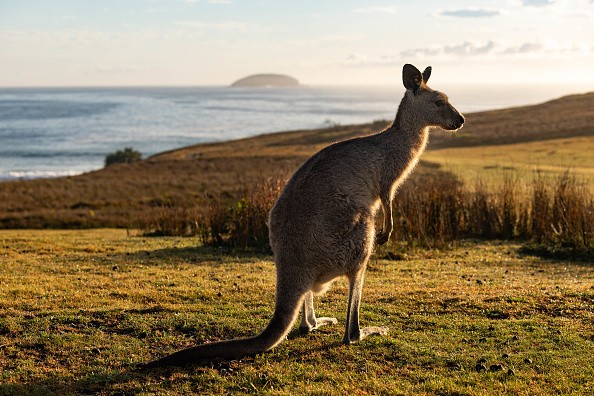
Paleontologists from Flinders University have described three unusual new species of giant fossil kangaroo from Australia and New Guinea, finding them more diverse in shape, range, and hopping method than previously thought.
According to the university, all kangaroos belonged to the extinct genus Protemnodon, which "looked something like a grey kangaroo but were generally more squat and muscular."
Scientists have identified three newly discovered species of the extinct gigantic kangaroo, Protemnodon viator, Protemnodon mamkurra, and Protemnodon dawsonae, which lived between 5 million and 40,000 years ago.
The scientists reported that the Protemnodon Viator weighed as much as 170 kg, twice as much as the heaviest red males alive today.
Researchers thought that most Protemnodon moved on all four legs, but they now believe this was only true for three or four species. They believe some are sometimes bound on four legs and hop on two legs at others, much like a quokka or potoroo.
According to the paper's principal author, Isaac Kerr, the designation of the species will facilitate further study into the evolution and responses of gigantic kangaroos to environmental change.
The researchers photographed and 3D-scanned 900 specimens from 14 major museums in Australia, the United Kingdom, the United States, and Papua New Guinea.
Significant differences were discovered between the species, including various hopping techniques, which Kerr, a PhD student at Flinders University at the time, called "very unusual."
Furthermore, the difference may be attributed to adaptations to their vastly different surroundings, which range from the arid highlands of central Australia to the mountainous forests of Tasmania and Papua New Guinea.
Although kangaroos are the national animal of Australia, Kerr said they are "just as New Guinean as they are Australian."
Paleontologist Gilbert Price, who was not involved in the study, said the findings supported Australia's inconsistent fossil record.
© 2026 HNGN, All rights reserved. Do not reproduce without permission.








